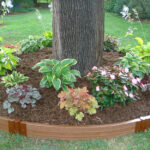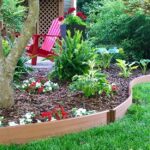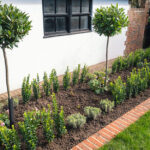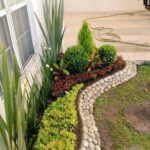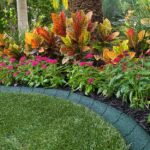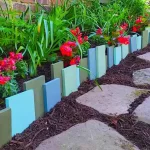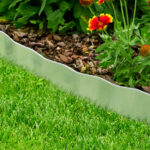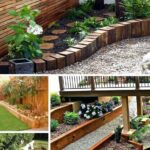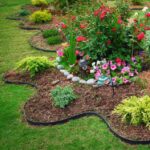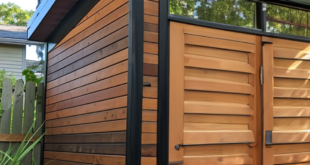Landscaping edges are an important component of any outdoor space as they define the borders of various areas and help create a polished and cohesive look. There are many different ways to incorporate landscaping edges into your design, from traditional materials like bricks and stones to more unconventional options like plants and mulch.
One classic choice for landscaping edges is using brick or stone pavers. These materials are durable, long-lasting, and come in a variety of colors and shapes to suit your aesthetic preferences. You can use them to create straight lines or curved edges, depending on the style of your landscaping.
Another popular option for landscaping edges is using plants like ornamental grasses or flowers. Planting these along the borders of your garden beds or pathways can soften the edges and add a natural touch to your outdoor space. Plus, plants are a great way to introduce color and texture into your design.
If you’re looking for a more budget-friendly option, consider using mulch or gravel as landscaping edges. These materials are easy to install and can help prevent weeds from encroaching on your garden beds. Mulch is a great choice for a low-maintenance garden, while gravel can add a modern and sleek look to your landscaping.
For a more seamless transition between your lawn and garden beds, consider using metal or plastic landscape edging. These materials are flexible and can be easily shaped to create smooth curves or straight lines. They are also easy to install and can help keep your landscaping looking neat and tidy.
Lastly, consider using decorative elements like boulders or driftwood as landscaping edges. These natural materials can add a unique and rustic touch to your outdoor space and help create visual interest. Just make sure to consider the scale and proportions of the elements you choose to ensure they complement the rest of your landscaping design.

